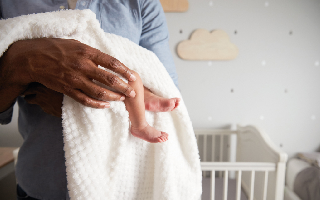
- No win. No fee.
- No hidden costs
- 100% risk-free, only pay if you win
- Home >
- Insights >
- Birth Injuries >
- Understanding the long-term impact of a perineal tear
About the Author
Tami Frankel
Medical Negligence Solicitor and Partner - LLB (Hons) University College London
Read more about Tami »When you become a mother, be it for the first time or the fourth time, you will be anticipating many things; late-night feeds; playdates with other mothers in the neighbourhood and arguments over who has to do the next nappy change.
What you don’t expect is incessant visits to the lavatory for weeks and months. The constant fear of accidents at work or when out with friends. Sadly, this is an unfortunate reality for many mothers following a serious perineal tear, which can have a life-altering impact on mothers following childbirth.
Here we will discuss this prevalent form of birth injury and the long-term impact perineal tears can have on new mothers, as well as explore what you can do if this injury was the result of negligence.
Exploring the consequences of perineal tears
What is a perineal tear?
“Perineal” relates to anything affecting the perineum, the region between the vaginal opening and the anus for women. A perineal tear is tearing that takes place within this region, most often occurring during childbirth.
In fact, as many as 9 in 10 first-time births will result in some form of perineal tearing, vaginal tearing or grazing, as the area is not yet familiar with this degree of stretching. This makes it a common form of injury to mothers during childbirth, but in the vast majority of cases, a perineal tear will be minor and heal quickly.
However, third-degree tears and fourth-degree tears require more significant treatment to repair, and can profoundly impact a new mother’s life if this treatment is not carried out promptly and effectively.
How common are perineal tears?
As noted, perineal tears are very common for first-time mothers – for later vaginal births, perineal tearing is less likely, but still possible.
In relation to third-degree and fourth-degree perineal tears, the Royal College of Obstetricians and Gynaecologists (RCOG) state that these occur in 6 out of 100 births for first-time mothers, dropping to 2 out of 100 births for women who have had a prior vaginal birth.
What causes perineal tears?
In many cases it is hard to pinpoint why a perineal tear occurred – often there is nothing that can be done to prevent them. However, factors that increase the risk of perineal trauma during childbirth include:
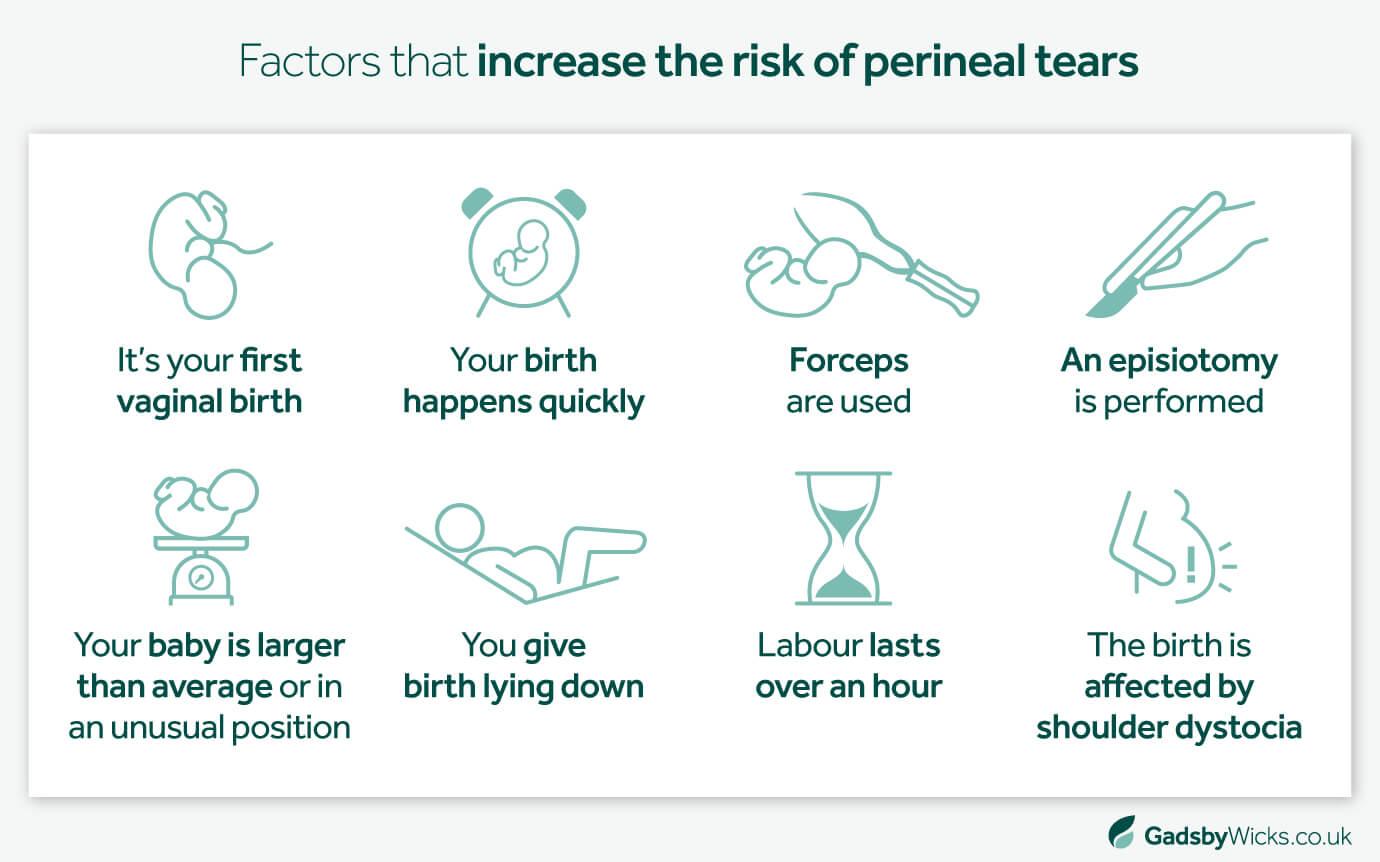
Can a perineal tear be prevented?
As highlighted above, perineal tearing during vaginal birth is a common occurrence and the exact cause can be hard to determine. In many circumstances, a degree of tearing is impossible to prevent. Furthermore, all medical professionals involved will be highly trained and should understand what actions to take to minimise the risk of tearing where possible.
However, there are circumstances where a tear itself can be the result of negligence. For instance, if there have been warning signs that a vaginal birth might carry a greater element of risk than usual (such as if the baby is in an unusual position or is large), a failure to perform a Caesarean section could be considered negligent. And if a Caesarean section had been carried out, there would have been no perineal tear.
If the midwife or other medical professional supporting the birth doesn’t take appropriate steps to address the risk of tearing, such as performing an episiotomy, then this might also be viewed as negligent.
As specialists in perineal tear claims, we will always actively investigate whether any actions or inactions by the professionals responsible for your child’s birth and the care leading up to it directly contributed to any perineal tear you suffered.
Episiotomy vs tearing
An episiotomy is a deliberate incision made to the perineum in order to widen the vagina and ease a difficult birth. These are performed in approximately 1 in 6 births.
An episiotomy may be performed if the medical team supporting a birth believes that more significant tearing will occur if the birth is performed unassisted. By making a manageable precise incision instead, this can prevent more extensive trauma to the perineum.
However, there are risks to this procedure. If the incision is performed too close to the midline of the perineum, or it is made too deep or long, then this may result in additional tearing or cause injury itself, and could be considered negligent if this causes the mother prolonged difficulties in future.
Experienced medical professionals understand how to perform an episiotomy as precisely as possible to prevent avoidable perineal injury. But, mistakes do happen. If you believe that incorrect or inappropriate care led to you suffering a perineal tear or extension of an episiotomy, we will conduct all necessary investigations to determine whether you have a claim.
What are the different types of perineal tears?
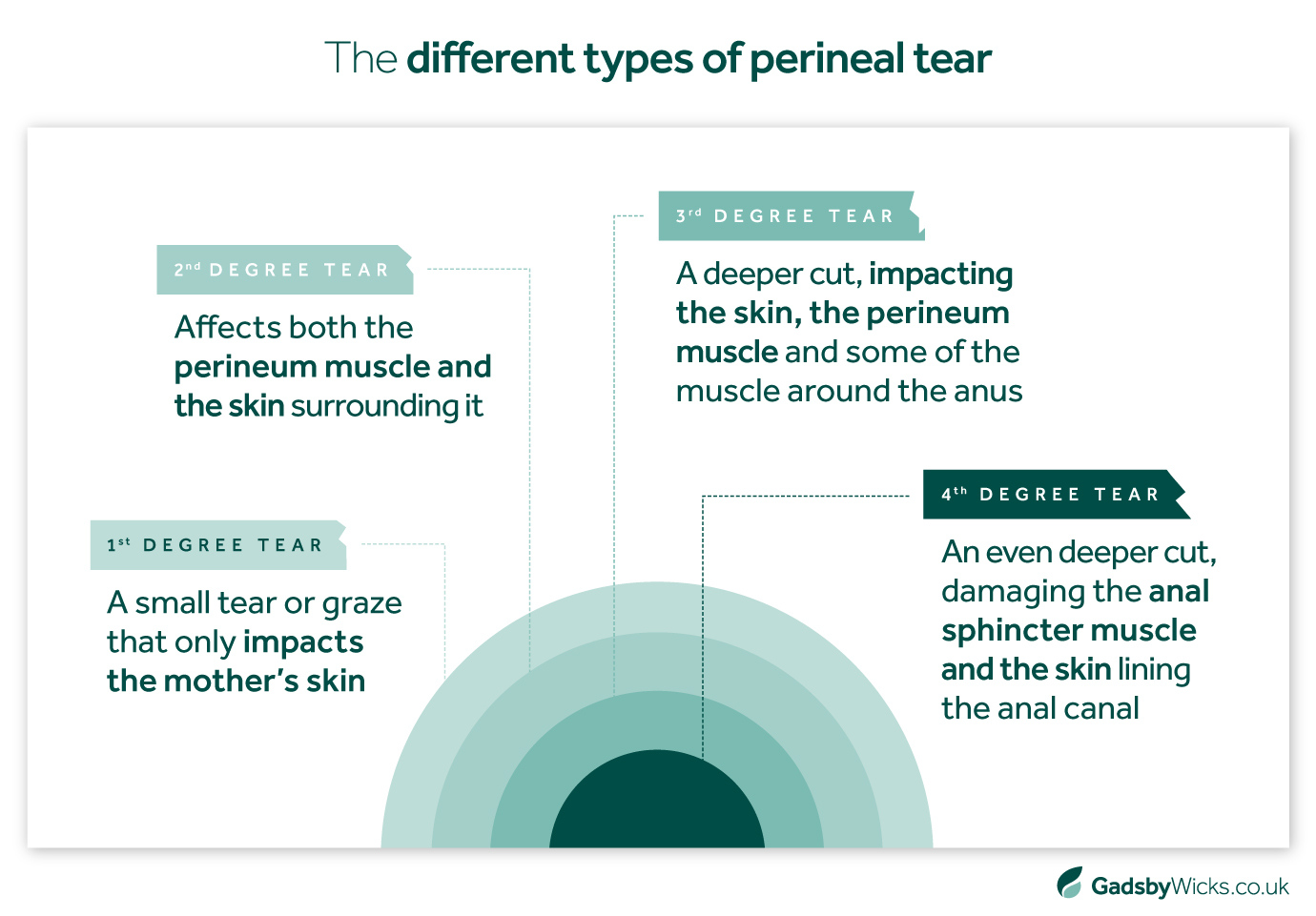
There are four degrees of perineal tear, with each degree relating to the extent of the tear and the impact it has on the mother’s anal sphincter muscle.
1st degree tear
A first-degree perineal tear is a small tear or graze that only impacts the mother’s skin. Sometimes referred to as a vaginal laceration or abrasion, these often heal quickly and will require no further medical treatment, although they can still be sore while they recover.
2nd degree tear
A second-degree tear will affect both the perineum muscle and the skin surrounding it. These will typically require stitches after birth to repair the tear, which will be performed in the room where the mother gave birth using dissolvable stitches.
In the vast majority of situations, second-degree tear healing times are short and will lead to no long-term problems.
3rd degree tear
A third-degree perineal tear is a deeper cut, which will impact the skin, the perineum muscle and some of the muscle around the anus. As such these tears pose a significantly greater risk to the mother, and can have long-term consequences for the mother’s faecal continence if not identified and treated swiftly.
A third-degree tear repair will take place in an operating theatre, and the mother will be given an anaesthetic (often an epidural) while the skin and muscle are stitched back together. Following the repair, the mother will typically feel soreness or pain for several weeks as the tear heals, and may suffer from some faecal incontinence for a period of time.
4th degree tear
A fourth-degree tear is a deeper version of a third-degree tear, damaging the anal sphincter muscle and the skin lining the anal canal. Like a 3rd degree tear, this is repaired in an operating theatre under anaesthetic once identified by the team managing the birth.
Perineum tear treatment
As highlighted above, a first or second-degree tear will usually not require any treatment beyond applying stitches after birth. Third-degree and fourth-degree tears are far more substantial, and it is often critical that these are diagnosed and repaired through surgery quickly to reduce the risk of any long-term consequences, particularly faecal incontinence, befalling the mother.
In all circumstances, a primary repair of a perineal tear (surgery performed soon after birth when the tear has been identified) is much more likely to result in a positive outcome for the mother, with no long-term issues, than a secondary repair performed after a later examination.
As such, the misdiagnosis of a perineal tear or a failure to perform the necessary repair work soon enough is a primary cause of a perineal tear claim. If the doctor, nurse, midwife or other medical professional responsible for examining the mother following birth, doesn’t believe a tear is as significant as it actually is, or fails to make the diagnosis, then treatment might be less effective than it would have been.
For example, say an obstetrician fails to accurately assess a third-degree perineal tear, instead believing it to only be a second-degree tear. This means that, instead of a more extensive surgery inside an operating theatre, the tear will be stitched up immediately, but any injury to the anal sphincter will not be addressed.
This will mean that the injury to the anal sphincter will not heal effectively, resulting in long-term effects for the mother. This can include pain, faecal incontinence and an inability to control their wind, as well as the need for further surgery or treatment at a later date.
Another leading cause of perineal tear claims is if the surgery is carried out in good time but is not performed adequately. Or maybe the post-operative care is insufficient, potentially leading to a perineal infection of the wound or further consequences for the mother.
The RCOG has published guidelines for the management of third and fourth-degree tears, highlighting best practices to prevent mistakes from being made.
What are the consequences of a perineal tear?
Swift and precise treatment of a perineal tear is critical, as the effects of a wrongly diagnosed or poorly treated perineal tear have the potential to impact the mother for the rest of her life.
The most prominent side-effects of a poorly treated perineal tear are faecal incontinence and difficulty holding wind. This can be either frequency – feeling the need to use the lavatory far more often than usual – or urgency – difficulty in holding stool when the need arises. Depending on the nature of the tear and how effective any retrospective treatments or medication are, these could be long-lasting difficulties.
Faecal incontinence and difficulty holding wind can be extremely uncomfortable, disheartening and require massive lifestyle changes, such as frequent visits to the bathroom every day and sleeping difficulties. But beyond this, something that can’t be underplayed is the embarrassment and challenges they can present to a new mother’s personal, sexual and social life.
- They may feel too embarrassed to socialise with others or explain why they are frequently popping to the toilet, meaning they don’t go out as much
- They may have difficulties caring for their new baby, or any other children they have
- They may feel awkward or self-conscious about being intimate with their partner, leading to relationship difficulties
- They might struggle to return to work because of the frequency they have to use the bathroom
When talking about perineal tears, it is easy to only think about the initial pain and discomfort this can cause. But, as highlighted above, the consequences of an incorrectly diagnosed or ill-treated perineal tear can hurt a person as much psychologically and emotionally as it does physically, and affect their lives for weeks, months, and years following the initial incident.
Making a perineal tear claim
We understand the devastating effects a perineal tear can have on new mothers, and leave no stone unturned in determining whether the physical and psychological suffering they have endured was a result of negligence.
When you make a claim for perineal tearing, our specialist solicitors will talk with you to understand how you have been affected, with absolutely zero judgement and with complete transparency.
We will then thoroughly examine all available evidence you and the medical professionals in question provide relating to your case, as well as receive guidance from impartial obstetricians and surgeons to determine whether the perineal tear you suffered was not diagnosed correctly, or was not treated as soon as it should have been.
If we believe you have a claim, we will then manage this on your behalf to ensure you receive the compensation and answers you’re due, taking into account how the fallout from the tear has altered your lifestyle and your mental wellbeing. We understand the emotions involved in these delicate cases, and go to every effort to support and guide you every step of the way.
For more information, get in touch with our experts today.
Disclaimer
All content contained within this article is meant for general information only – this should not be treated as a substitute for medical advice from your doctor or another healthcare provider. If you require legal advice specific to your situation, please contact our team directly.
Gadsby Wicks is not liable for any diagnosis made from the content of this article, nor does it endorse any service or external site linked to within the article.
Always consult your GP if you are concerned about your health and wellbeing, or speak to us if you require legal advice.

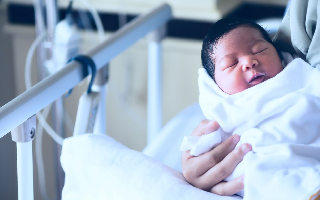
The home births vs hospital births debate
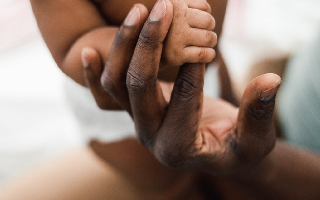
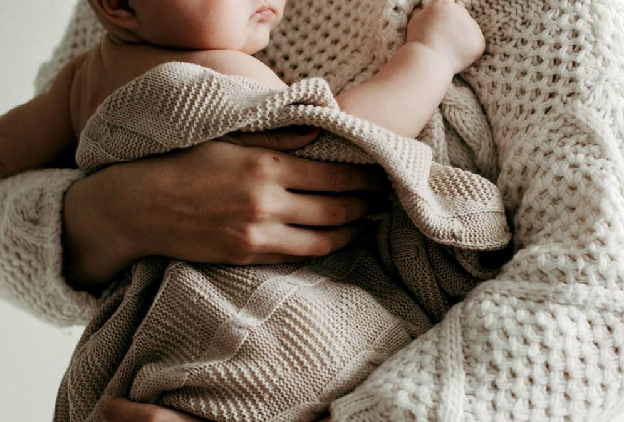


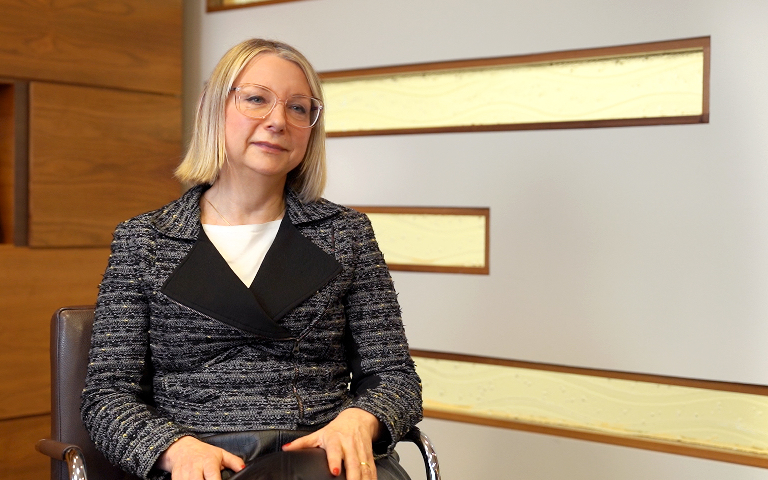
 Back to top
Back to top
